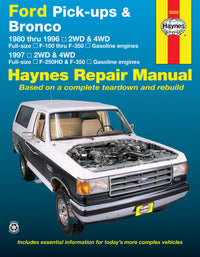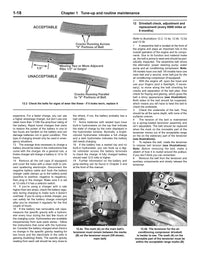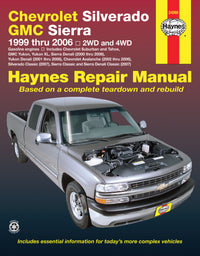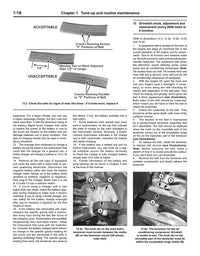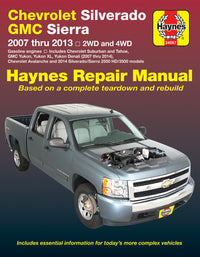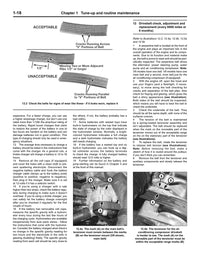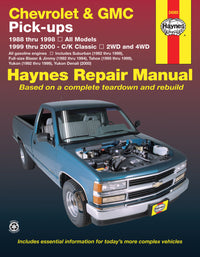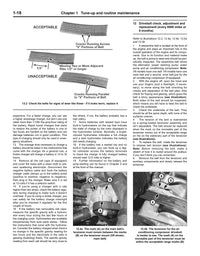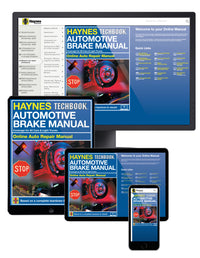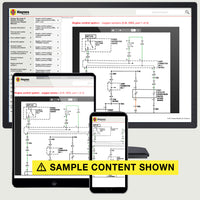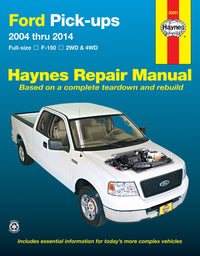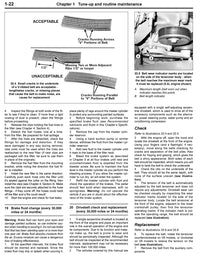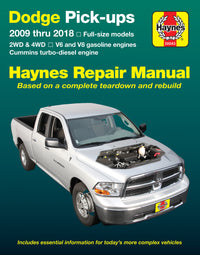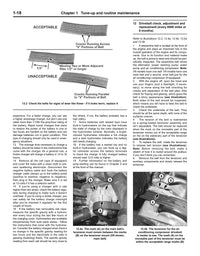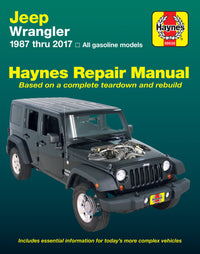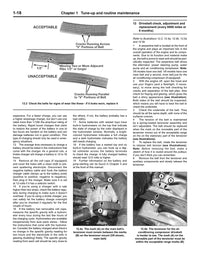What is a Tire Pressure Check?
It may not seem that way, but the rubber of your tires is never 100% air tight, and with time and fluctuations in ambient temperature the air pressure in them will vary. Periodically, you should check them all with a tire gauge, even if your vehicle is equipped with a tire pressure monitoring system (TPMS). Your tires need to be rotated when you change your oil to maximize tread life, and ensure even wear, but you should check the condition and air pressure as frequently as once a week.
A periodic check of your tires air pressure only takes a few minutes, and doesn't require anything other than a pressure gauge. You can check all of them in the time it takes to fill your gas tank, though the most accurate check is done when they are cold, before you drive anywhere.
 Always inflate your tires to the vehicle manufacturer's recommendation, found on a sticker on the door frame or in the owner's manual, not those found on the tire. Underinflated tires make the car harder to steer and are more prone to flats.
Always inflate your tires to the vehicle manufacturer's recommendation, found on a sticker on the door frame or in the owner's manual, not those found on the tire. Underinflated tires make the car harder to steer and are more prone to flats.Why Does Tire Pressure Need to Be Checked?
Your vehicle's tires are, quite literally, where the rubber meets the road. Modern tires have traction and wear characteristics that were unimaginable 40 years ago, but they do still lose air pressure with time. Also, for every 10 degrees the temperature drops, your tire pressure goes down 1 psi just because the air contracts as it cools.
Properly inflated tires make your car or truck handle better, plus you get better fuel economy and less tire wear; you save money two different ways! Older tires, with tall (75 or even 80 series), softer sidewalls showed a loss of 5 psi pretty obviously, but in a modern stiff low profile rubber it can be hard to spot one that is down even 10 psi.
When Should You Check Your Tires?
You should check the air pressure in your tires much more frequently than you do. Haynes typically recommends you check for proper inflation once a week, or every 250 miles, or with every tank of gas. The best time to check the tire pressure is when the tires have been sitting, or when you have driven less than a mile; pressure increases with temperature and the tires get warm from driving. Because highway speeds and long distance is stressful on a tire, check them an extra time before any long road trips.
If you have a regular gas station you stop at to fill up once a week, and are familiar with where their air supply is, take a few extra minutes once a week to check the tire pressure, fill up if needed, and inspect the tires for wear and damage. It is a good idea to stash a tire gauge in your glove compartment and always check with the same gauge; they are inexpensive, but vary greatly from one gauge to another.
Every vehicle is different, so find yours and get the full instructions...
How to Check Your Tire Pressure
This clip is just a sample of checking the air pressure in the tires of a typical car or truck, but your Haynes manual will have more specific instructions if needed.
- Locate manufacturer suggested tire pressure on door sticker, in owners manual, or in your Haynes manual.
- Remove tire valve stem cap.
- Press gauge end to valve stem to read pressure.
- Add air if needed, or use gauge to release excess air pressure.
- Replace valve stem cap.
- Repeat for other 3 wheels.
- Don't forget to check spare tire occasionally as well.
Before You Begin
Tools You Will Need
A tire inflator that runs off the 12v power in your car is a convenient and inexpensive acessory to have, but you can typicaly get air at any filling station.
- Tire pressure gauge
- Tire inflator/air compressor
How Much Does Checking Your Tires Cost?
- Very little time, and a few inexpensive tools is all it takes.
- $100+ and much time saved by avoiding unexpected flats, or premature wear.

